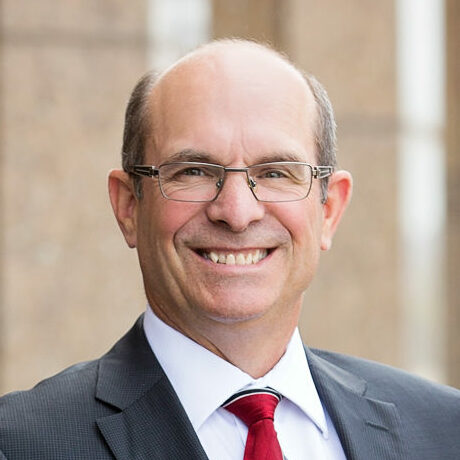
Kirk Hartung
Partner, Intellectual Property Attorney
McKee, Voorhees & Sease, PLLC
Kirk Hartung is a member of the Mechanical Patent Practice Group at McKee, Voorhees & Sease, PLC, where he specializes in patent protection for agricultural implements, consumer appliances, medical devices and equipment, sports products, and mechanical inventions, as well as infringement analysis, strategic positioning, trademark protection, trade secret and copyright evaluations, and related matters. Services include patentability analysis, patent prosecution, patent infringement analysis, and trademark advice and registration. He also provides litigation support on all intellectual property issues.
Kirk received a degree in industrial engineering from Iowa State University and a law degree from the University of Iowa College of Law. Kirk joined McKee, Voorhees & Sease in 1982. He is a patent attorney registered with the U.S. Patent and Trademark Office.
Kirk has written and published a number of articles and law reviews on intellectual property law and speaks across the world on important intellectual property issues. He was the Chair of the Advisory Board (2017-2019) for LEGUS International Network Of Law Firms with over 70 law firm members around the globe.
Civically minded, Kirk has been actively involved in the Des Moines YMCA Camp Board of Managers since 1982 and has been a Chair of the Board twice. He’s currently a Board Member for the Highland Memory Gardens; Des Moines YMCA Camp Annual Campaign Chair; and the University of Iowa College of Law Annual Campaign. Previously, he’s been a Past Chair, Co-Chair, or Board Member in the following organizations: the Iowa State Bar Association Young Lawyers Division, Saydel Community School District, Iowa Intellectual Property Law Association, Iowa State Bar Association Intellectual Property Law Section, Iowa State Bar Association Annual Meeting Committee, Iowa State Bar Associate Quality of Life Task Force, Des Moines YMCA Camp Capital Campaign, Highland Memory Gardens, Des Moines YMCA Camp Annual Campaign , the University of Iowa College of Law Annual Campaign, and the Iowa State University Alumni Marching Band. Kirk is also a Co-Founder of the Iowa State University Alumni Band.
Kirk enjoys volunteering and has been recognized for his time and talent given to our community, including the Iowa State Bar Association Young Lawyers Division Award of Merit, the YMCA of Greater Des Moines Service to Youth Award, the Iowa State University Alumni Band Noteworthy Service Award, the Des Moines YMCA Camp Annual Campaign Spirit Award, and has been two-time Des Moines YMCA Camp Volunteer of the Year.

Recent Articles by Kirk Hartung
The Supreme Court decided Amgen Inc. v. Sanofi on May 18, 2023, nearly nine years after its decision in Alice Corp. v. CLS Bank Int’l, 573 U.S. 208 (2014). Amgen was concerned with the enablement statute of the patent law, 35 U.S.C. § 112. In comparison, Alice was concerned with the eligibility statute of the patent law, 35 U.S.C. § 101, and has been highly criticized for creating a mess of patent eligibility. At first glance, these cases are distinguishable from one another, since they deal with different aspects of the patent laws. However, statutory interpretation and analysis should be the same in both instances.
Last month, the U.S. Department of Justice filed an amicus brief with the Supreme Court urging the Court to accept a certiorari case relating to patent eligibility. See Interactive Wearables, LLC v. Polar Electro Oy, et al, and David A. Tropp v. Travel Sentry, Inc., Nos. 21-1281 and 22-22. In each of these cases, which were separate from one another, the U.S. Court of Appeals for the Federal Circuit ruled the patents to be ineligible as being abstract ideas, and thus an exception to Section 101 patentable subject matter. This amicus brief follows an earlier amicus brief from the Justice Department, in May 2022, also supporting the petition for certiorari on a patent found by the Federal Circuit to be an abstract idea, and therefore not patentable under Section 101.

![[IPWatchdog Logo]](https://ipwatchdog.com/wp-content/themes/IPWatchdog%20-%202023/assets/images/temp/logo-small@2x.png)